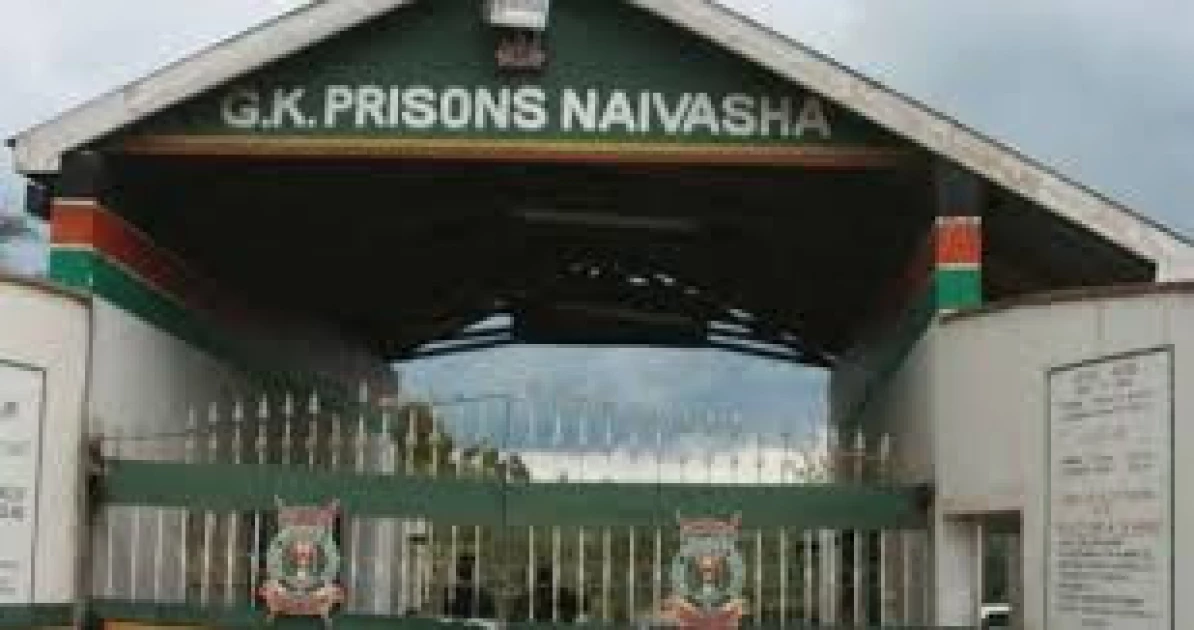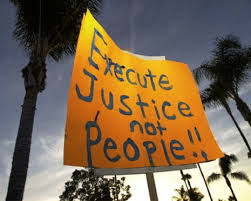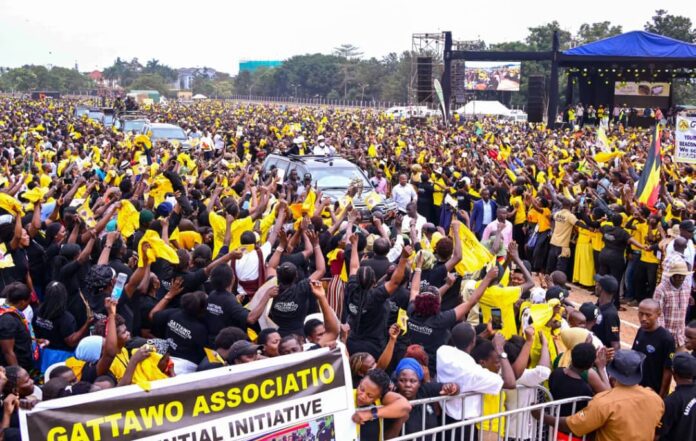A serious disturbance broke out at Naivasha GK Prison on Wednesday evening after the death of a male inmate, leading to unrest among nearly 3,000 prisoners including more than 1,000 serving life or death sentences.
The incident has sparked accusations, denials, and a growing demand for justice.
Prisoners began boycotting meals and clashing with prison warders after reports spread that the deceased inmate described as middle-aged had died following an alleged assault by warders.
Inmates claimed he was beaten by guards and denied proper medical attention. As a result, tension built quickly, and a number of inmates refused to report to their daily work duties.
Speaking to the media on August 7, 2025, prison commander Gerald Ongume denied any wrongdoing by his officers.
He said the inmate had not died inside the prison, but had passed away at Naivasha Sub-County Hospital, where he had been admitted for a few days.
Ongume also claimed the unrest was fueled by a small group of inmates who were trying to avoid prison work duties and used the death as a cover to incite chaos.
“We managed to calm the situation quickly, and normal operations resumed. The matter is being looked into,” Ongume stated.
Despite the prison authority’s statements, some prisoners insist their fellow inmate was mistreated by warders, leading to his death.
They are now demanding a full investigation, saying they will continue to boycott food and work until there is justice.
“We will not eat until the truth is known,” one inmate reportedly told visiting officers.
The event has raised concerns about conditions and oversight within Kenya’s prison system — especially in high-security facilities like Naivasha GK, which houses some of the country’s most dangerous and long-serving inmates.
While calm has been restored for now, there are calls from human rights organizations and families of prisoners for an independent investigation into the inmate’s death and broader prison practices.
If the claims of abuse are found to be true, this could lead to legal and administrative actions against the warders involved and renewed public scrutiny of Kenya’s correctional services.



